
Filter News
Area of Research
News Topics
- (-) Artificial Intelligence (2)
- (-) Grid (1)
- (-) Neutron Science (2)
- (-) Physics (5)
- 3-D Printing/Advanced Manufacturing (1)
- Bioenergy (1)
- Chemical Sciences (2)
- Computer Science (2)
- Cybersecurity (4)
- Energy Storage (1)
- Environment (1)
- Fusion (1)
- Machine Learning (2)
- Materials (3)
- Materials Science (6)
- Microscopy (3)
- Nanotechnology (4)
- National Security (10)
- Nuclear Energy (3)
- Polymers (2)
- Quantum Computing (1)
- Quantum Science (1)
- Security (2)
Media Contacts
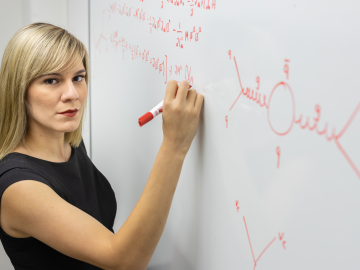
Andrea Delgado is looking for elementary particles that seem so abstract, there appears to be no obvious short-term benefit to her research.
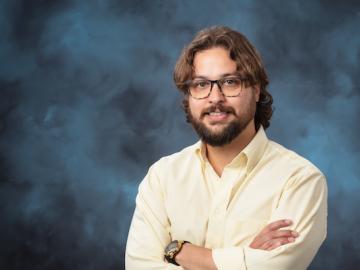
In human security research, Thomaz Carvalhaes says, there are typically two perspectives: technocentric and human centric. Rather than pick just one for his work, Carvalhaes uses data from both perspectives to understand how technology impacts the lives of people.

Deborah Frincke, one of the nation’s preeminent computer scientists and cybersecurity experts, serves as associate laboratory director of ORNL’s National Security Science Directorate. Credit: Carlos Jones/ORNL, U.S. Dept. of Energy
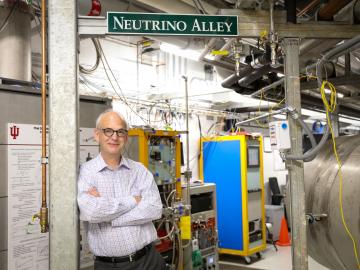
Marcel Demarteau is director of the Physics Division at the Department of Energy’s Oak Ridge National Laboratory. For topics from nuclear structure to astrophysics, he shapes ORNL’s physics research agenda.

In the search to create materials that can withstand extreme radiation, Yanwen Zhang, a researcher at the Department of Energy’s Oak Ridge National Laboratory, says that materials scientists must think outside the box.

A typhoon strikes an island in the Pacific Ocean, downing power lines and cell towers. An earthquake hits a remote mountainous region, destroying structures and leaving no communication infrastructure behind.

More than 1800 years ago, Chinese astronomers puzzled over the sudden appearance of a bright “guest star” in the sky, unaware that they were witnessing the cosmic forge of a supernova, an event repeated countless times scattered across the universe.
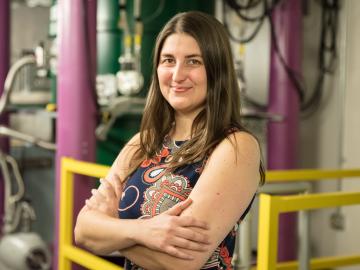
Leah Broussard, a physicist at the Department of Energy’s Oak Ridge National Laboratory, has so much fun exploring the neutron that she alternates between calling it her “laboratory” and “playground” for understanding the universe. “The neutron is special,” she said of the sub...
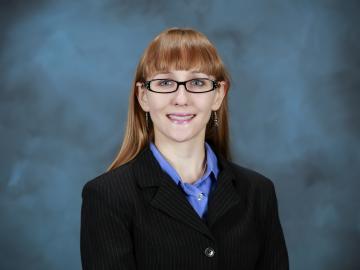
The materials inside a fusion reactor must withstand one of the most extreme environments in science, with temperatures in the thousands of degrees Celsius and a constant bombardment of neutron radiation and deuterium and tritium, isotopes of hydrogen, from the volatile plasma at th...


